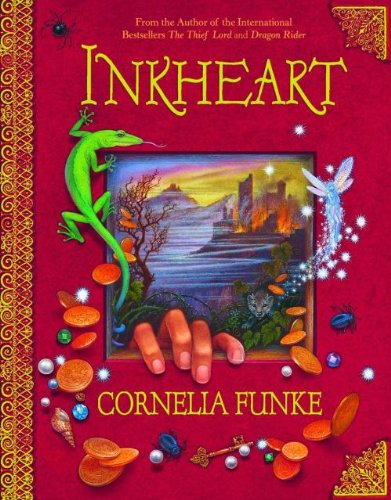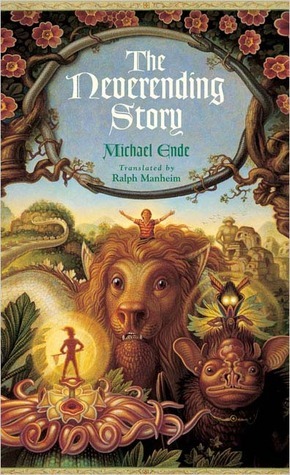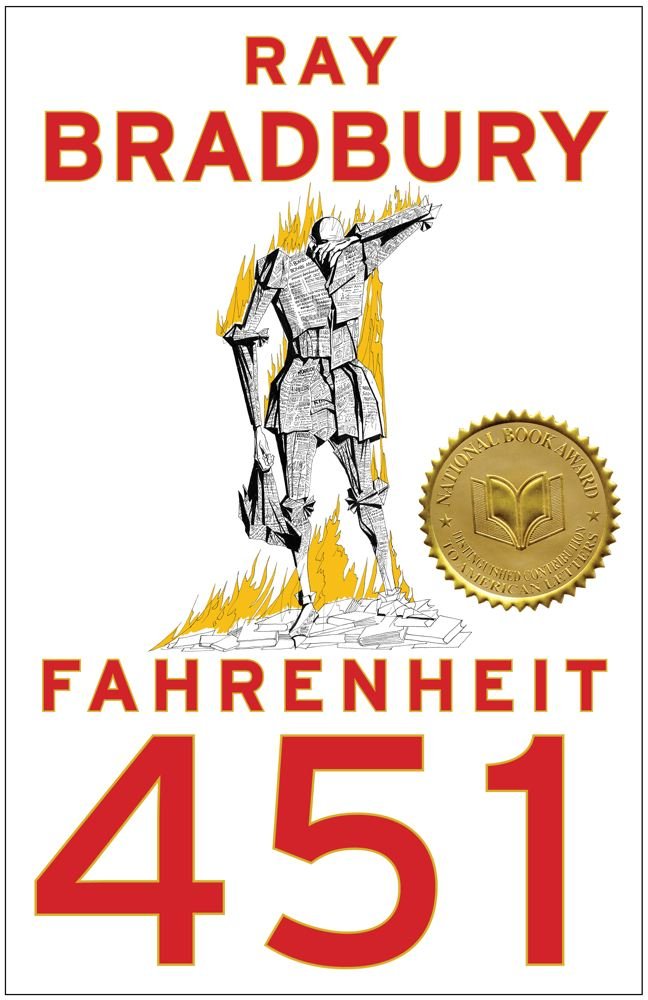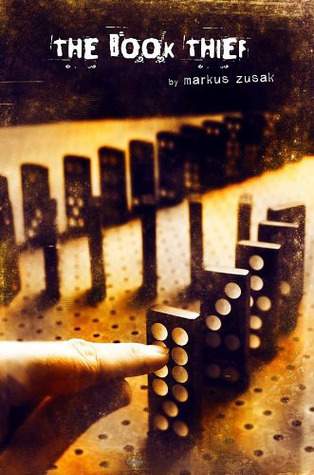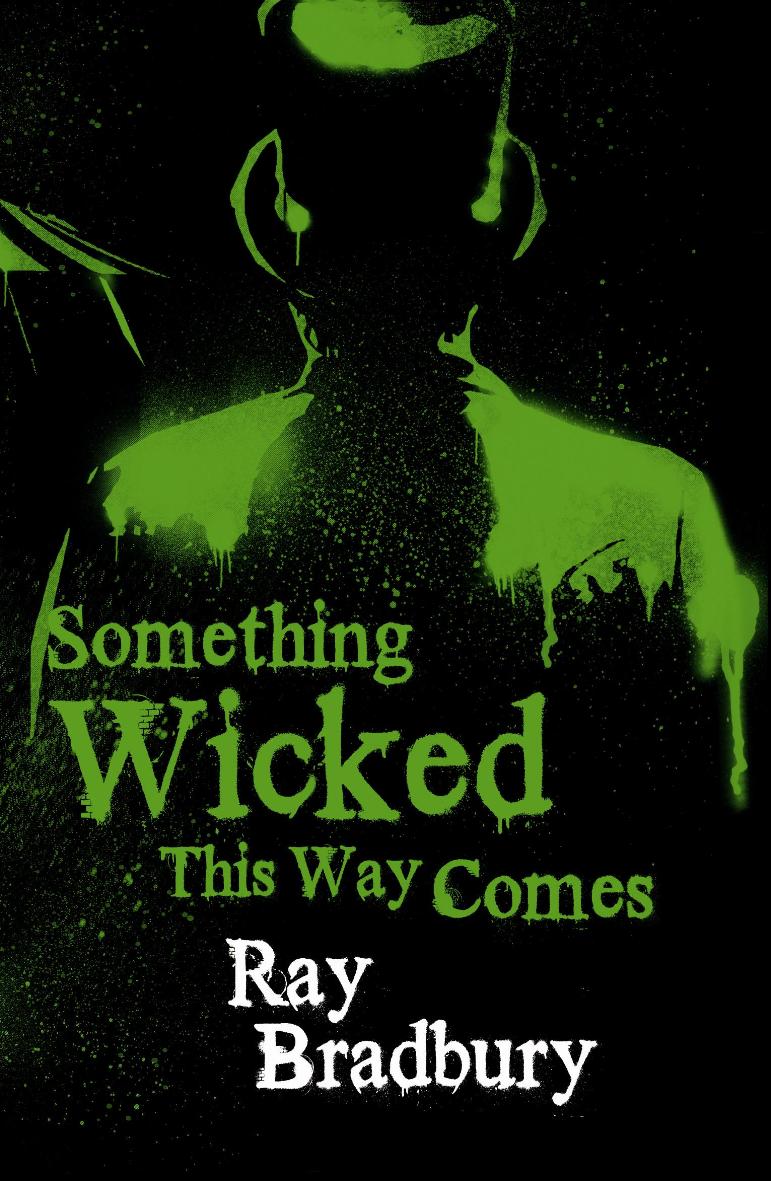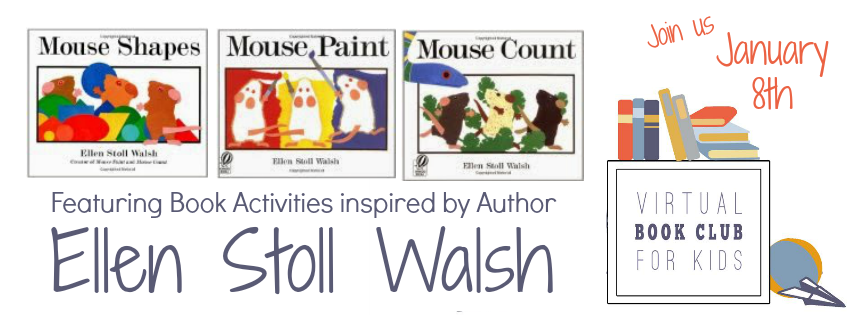Happy Belated National Library Week!
So last week was National Library Week and what better way to celebrate libraries than by spending some time reading books about books. Here are just a few exceptional stories in which libraries, librarians, books, and reading play a significant role.
I have been quite effusive in past posts about my Roald Dahl obsession and Matilda happens to be my favorite book by the splendiferous author. I was also a precocious reader as a child (even though I was not reading Dickens at age four) so I could relate to Matilda's weekly sojourns to the local library and her use of books as an escape mechanism.
The books transported her into new worlds and introduced her to amazing people who lived exciting lives. She went on olden-day sailing ships with Joseph Conrad. She went to Africa with Ernest Hemingway and to India with with Rudyard Kipling. She traveled all over the world while sitting in her little room in an English Village.

Now that I am a children's librarian I cannot help but admire the kindly Mrs. Phelps who helps Matilda on her path to becoming a reader. One of my favorite lines is when Mrs. Phelps tells Matilda: "And don't worry about the parts you can't understand. Sit back and allow the words to wash around you, like music."
2. Escape From Mr. Lemoncello's Library by Chris Grabenstein
Well, it is not really surprising that a children's book about the most fantastic library ever imagined is written by an actual children's librarian. You already know that I adore Roald Dahl and Escape From Mr. Lemoncello's Library is like a zany trip through Willy Wonka's factory if it was filled with books rather than candy.
Part mystery, part comedy, part treasure hunt, and all fun every kid will want Mr. Lemoncello to build a library in their hometown.
3. Bats at the Library by Brian Lies
 There are oodles of picture books about libraries, but Bats at the Library is one of my favorites. Using brilliantly detailed illustrations and a lively, rhyming text Brian Lies tells the story of a colony of bats that visit the library after closing time.
There are oodles of picture books about libraries, but Bats at the Library is one of my favorites. Using brilliantly detailed illustrations and a lively, rhyming text Brian Lies tells the story of a colony of bats that visit the library after closing time. Readers young and old will get a kick out of identifying all of the literary references acted out by these bat bibliophiles. I particularly adore the bat as Blind Pew from Treasure Island.
 |
| Blind Pew |
4. Inkheart by Cornelia Funke
What reader has not fantasized about a beloved character stepping off the page and into the real world? The Inkheart trilogy proves that fiction coming to life may not be as wonderful as imagined. When Meggie was just a toddler her father, Mo, read aloud from a fantastical book called Inkheart and miraculously brought several of it's characters, including the story's diabolical villain and his henchman, into their living room. Simultaneously, Meggie's mother was sent into the fictional world of the book. Nearly ten years later, Meggie learns the truth of her mother's disappearance and also that she has inherited her father's strange talent. Now it is up to Meggie to banish Capricorn from the real world and rescue her mother from the pages of Inkheart.
5. Seven Day Magic by Edward Eager
Seven-Day Magic is actually part of the Tales of Magic series written by Edward Eager during the 50's and 60's. In this seventh and final book of the classic series five children quickly discover that the tattered library book they checked out magically brings to life anything that they imagine.
Obviously, I included Seven-Day Magic on this list because it revolves around a magical library book. However, I highly encourage everyone, young and old, to read the entire Tales of Magic series. First of all, the books in the series are very much intertwined with recurring characters and references to previous adventures in each one. Most importantly, though, Eager's books are timeless and delightful fantasies that you will want to read again and again.
6. The Neverending Story by Michael Ende
Obviously, I included Seven-Day Magic on this list because it revolves around a magical library book. However, I highly encourage everyone, young and old, to read the entire Tales of Magic series. First of all, the books in the series are very much intertwined with recurring characters and references to previous adventures in each one. Most importantly, though, Eager's books are timeless and delightful fantasies that you will want to read again and again.
6. The Neverending Story by Michael Ende
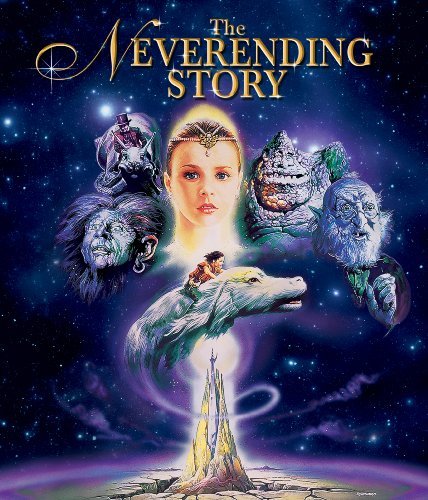 Most of us have imagined ourselves as the main character of our favorite books, but young Bastian learns while reading that he really is the hero of The Neverending Story. Now if you have only seen the move let me tell you now that you are cheating yourself. Don't get me wrong, I love the 80's classic and I had a huge crush on Atreyu as a kid but the movie only tells half the story. The movie ends with Bastian riding Falkor, the luck dragon, after saving Fantasia from The Nothing. In the book, this is just the beginning of Bastian's adventures in Fantastica (which is what Fantasia is called in the book) as he uses wishes and imagination to restore the magical land.
Most of us have imagined ourselves as the main character of our favorite books, but young Bastian learns while reading that he really is the hero of The Neverending Story. Now if you have only seen the move let me tell you now that you are cheating yourself. Don't get me wrong, I love the 80's classic and I had a huge crush on Atreyu as a kid but the movie only tells half the story. The movie ends with Bastian riding Falkor, the luck dragon, after saving Fantasia from The Nothing. In the book, this is just the beginning of Bastian's adventures in Fantastica (which is what Fantasia is called in the book) as he uses wishes and imagination to restore the magical land. 7. Fahrenheit 451 by Ray Bradbury
I debated including Fahrenheit 451 on this list just because Bradbury's bleak dystopian novel is a librarian's worst nightmare. Fahrenheit 451 was published in 1953 as a direct response to the threat of book burning during the McCarthy Era. In the future Bradbury creates society decided to do away with books because they contained too many dissenting ideas. Since books are outlawed anyone caught with one has their home and all of their possessions burned by "firemen". Years of banning books has resulted in a society where the people do not read, write, converse, or even think. Rather, their attention spans have shrunk to the point that they do nothing but watch wall-sized television screens or listen to "seashell radios" that attach directly to their ears.
There is no denying that the message of Fahrenheit 451 is still relevant. Today we have computers, video games, cell phones, televisions, tablets, etc. all vying for our attention and as Bradbury stated: "You do not have to burn books to destroy a culture, just get people to stop reading them." Even though people are spending less and less time reading, I choose to be optimistic that books will always hold a place of reverence in our world.
There is no denying that the message of Fahrenheit 451 is still relevant. Today we have computers, video games, cell phones, televisions, tablets, etc. all vying for our attention and as Bradbury stated: "You do not have to burn books to destroy a culture, just get people to stop reading them." Even though people are spending less and less time reading, I choose to be optimistic that books will always hold a place of reverence in our world.
8. The Book Thief by Marcus Zusak
Aahhh, more book burning! The Book Thief takes place in Germany during World War II when books were harshly censored and, yes, even burned. The story, which is narrated by death (yep, you read that right), revolves around a young foster girl, Leisel Meminger, sent to live with an older couple outside of Munich. Leisel finds herself irresistibly drawn to books, sensing in them an intrinsic magic that can dispel even the worst of her nightmares.
There have been countless books written about World War II and specifically the Holocaust, but The Book Thief is exceptional. Oh, it will rip your heart out and make you cry buckets, but do not let that deter you from reading it. There is also hope, beauty, and compassion that will make The Book Thief an enduring classic.
There have been countless books written about World War II and specifically the Holocaust, but The Book Thief is exceptional. Oh, it will rip your heart out and make you cry buckets, but do not let that deter you from reading it. There is also hope, beauty, and compassion that will make The Book Thief an enduring classic.
9. The Body in the Library by Agatha Christie
 Ok, the library really only serves as the location of the corpse but who cares I am a sucker for a good whodunnit. Let's be honest, Agatha Christie is the grand dame of mystery authors. Personally, I prefer Hercule Poirot to Miss Marple but The Body in the Library is an ingenious mystery that will have you bamboozled until the big reveal.
Ok, the library really only serves as the location of the corpse but who cares I am a sucker for a good whodunnit. Let's be honest, Agatha Christie is the grand dame of mystery authors. Personally, I prefer Hercule Poirot to Miss Marple but The Body in the Library is an ingenious mystery that will have you bamboozled until the big reveal.10. All Souls Trilogy by Deborah Harkness
11. Something Wicked This Way Comes by Ray Bradbury
Another Ray Bradbury book. Not really surprising if you know anything about Bradbury and his passion for books and libraries.
“I am a librarian. I discovered me in the library. I went to find me in the library. Before I fell in love with libraries, I was just a six-year-old boy. The library fueled all of my curiosities, from dinosaurs to ancient Egypt. When I graduated from high school in 1938, I began going to the library three nights a week. I did this every week for almost ten years and finally, in 1947, around the time I got married, I figured I was done. So I graduated from the library when I was twenty-seven. I discovered that the library is the real school.”
I spent three days a
week for 10 years educating myself in the public library, and it's
better than college. People should educate themselves - you can get a
complete education for no money. At the end of 10 years, I had read
every book in the library and I'd written a thousand stories.
Read more at: http://www.brainyquote.com/quotes/authors/r/ray_bradbury.html
Read more at: http://www.brainyquote.com/quotes/authors/r/ray_bradbury.html
I spent three days a
week for 10 years educating myself in the public library, and it's
better than college. People should educate themselves - you can get a
complete education for no money. At the end of 10 years, I had read
every book in the library and I'd written a thousand stories.
Read more at: http://www.brainyquote.com/quotes/authors/r/ray_bradbury.html
Read more at: http://www.brainyquote.com/quotes/authors/r/ray_bradbury.html
"Its was all so good, these blowing quiet October nights and the library waiting inside now with its green-shaded lamps and papyrus dust."
"Out in the world, not much happened. But here in the special night, a land bricked with paper and leather, anything might happen, always did."
"So when they talked again, it was still in whispers. Deep forests, dark caves, dim churches, half-lit libraries were all the same, they tuned you down, they dampened your ardor, they brought you to murmurs and soft cries for fear of raising up phantom twins of your voice which might haunt corridors long after your passage."
There you have it. Eleven books about libraries, librarians, books, and/or reading to make you realize just how important libraries are. I know that I could add more, but my posts tend to get long winded. Keep reading and don't forget to support your local library!





